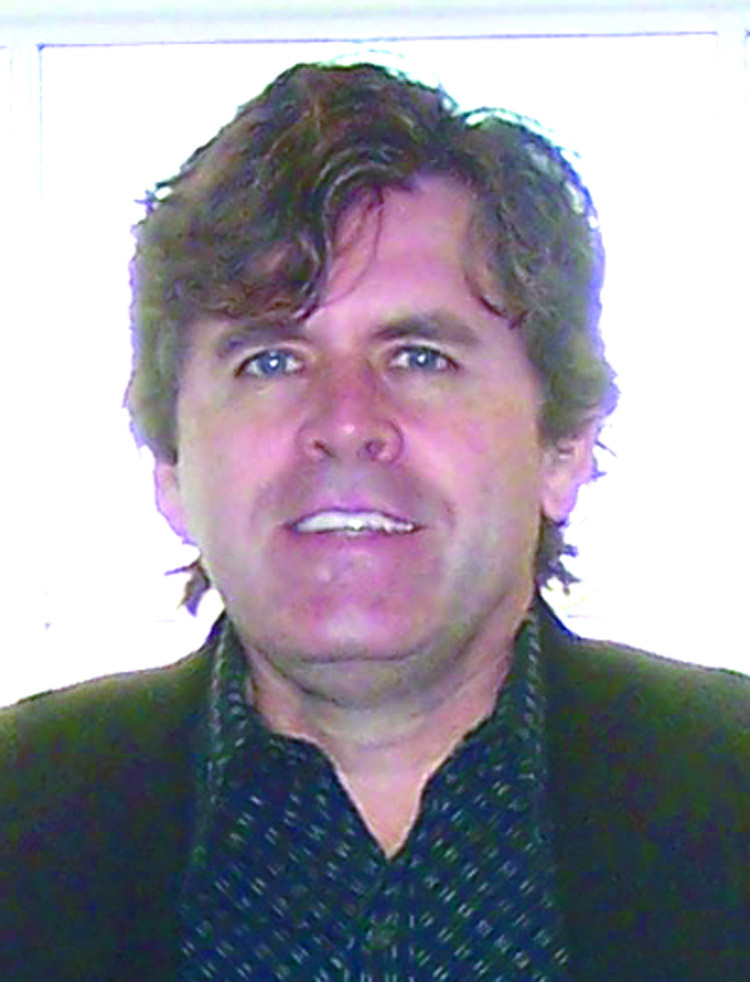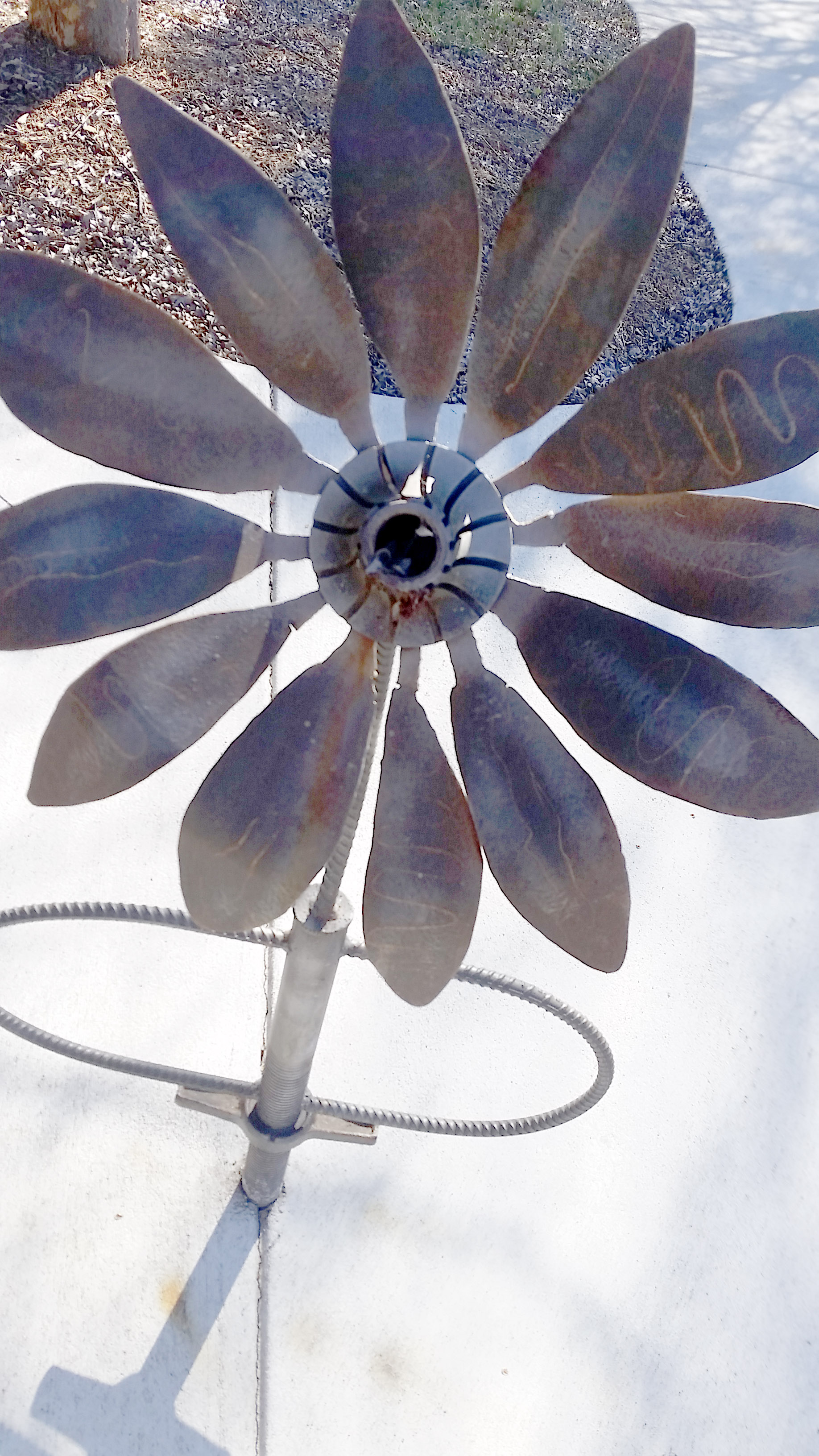By Dave Yochum. When you’re this close to it you don’t know what you’ve got. For example, the intense growth in Cornelius feels normal. It’s no big deal that someone tears down a nice house and builds something bigger and better in its place. That roads are always under construction. Or that a huge grocery chain thinks Cornelius is a hot growth market.
And that a national treasure, monumental sculptor Jon Hair, is in our midst.
But the renowned sculptor says he is moving away. He’s sold his lakefront house on Norman Colony Road and closed down magnificent studio space on Treynorth Drive.
“If I got some interest from the town, I wouldn’t mind staying here,” Hair says. Not known for his modesty, the sculptor says the outdoor art that is popping up around town is “just junk. A lot of the public art, they want something big and they want it cheap…it’s just a bunch of welders.”
Hair is looking at moving more than three dozen of his massive clay sculptures to St. Petersburg, Fla., where there is an active art community with strong public-private support.
Ultimately, that’s also what leaders in Cornelius want.
The town has paid $18,000 for Hair’s life-size bronze of Mark Twain sitting on a bench in front of the public library. It’s worth considerably more.
This spring and summer, a sculpture exhibit called “Beyond Walls,” will bring “first-rate sculptures” by less famous artists to Robbins Park.
“It will be a nice place to go, with flowers and landscaping,” says Mayor Pro Tem Woody Washam. It’s all part of “place-making” in a growing community that might not yet have the museums or cultural amenities of Uptown Charlotte.
But that’s the long-term goal, according to Washam and Commissioner Jim Duke.
“Providing places for people to go and enjoy their surroundings…beauty is a part of life…and different things are beautiful to different people,” Washam says.
In St. Petersburg, the art industry is an economic development tool, according to Wayne Aderholt, who heads up the Office of Cultural Affairs. “There are dozens of galleries, five museums and an active performing arts community,” he says. Public art dots the landscape, he says, acknowledging that he would love to have Jon Hair’s monumental sculpting studio in St. Petersburg.
Hair, who once ran an advertising agency, began his sculpting career in 2000. He has completed more than 80 major public art commissions, including works for the US Olympic Committee, the US Air Force Academy, the city of Beijing and Metro-Goldwyn Mayer. He has won eight national and international competitions.
But providing economic development incentives to him is most likely out of the question. Indeed, the Lake Norman Economic Development Corp. says an operation like Hair’s is not on their radar. Rather, they’re more about big office users and manufacturing facilities, with hundreds of thousands—if not millions—of dollars of ratables.
While artistic temperaments and bureaucrats won’t ever be a match made in the Louvre, one or two elected officials in Cornelius are reaching out to Hair to see if there’s a way he might keep a studio in Cornelius.
Hair says his rent on Treynorth was on the order of $5,000 a month. He needs 30-foot ceilings, a tall order. But commercial realtor Robbie Lowrance is looking. Chances are the town can do no more than facilitate.
Hair says the Mark Twain sculpture is a “parting gift” to Cornelius. “I would like there to be a legacy here because this is where I started,” Hair says, explaining that much of the public art world spins on a hyper-intellectual level where a five-ton bronze that looks like what it’s supposed to look like is not given as much weight as a something that has an almost incomprehensible aesthetic.
Nevertheless, the City of Beijing purchased one of his pieces for $250,000. Hair sold another bronze for $1.1 million—it took four years to craft.
Commissioner Duke says public art helps create “a people friendly community” that goes hand in hand with place-making and community building.
Cornelius has evolved from a farm village centered on a plantation to a mill town to a diverse suburb near a fast-growing city.
“We’re kind of expanding our identity as a community…morphing into a combination of the old town and the new communities in a progressive way. We’re becoming more of a town instead of east and west,” Duke says.
Washam said a new arts center downtown “will take us to the next level…a blended effort by all citizens east and west, all income levels.” The new bridge superstructure at Exit 28, along with upcoming aesthetic enhancements and landscaping, is expected to be a “beautiful link” between east and west.
Duke says art adds to the character of the community which will attract business relocations to our area and individuals wanting to live here because of the quality of life.
Duke and Washam hope to have discussions about a timeline for the new arts center, as well as conversation about an appropriate funding mechanism for business and individual donations, at the town’s budget retreat later this month.
Washam said an arts center downtown will be a meaningful economic development tool. “It’s what it is going to take to get us to be there,” he says.
“I hope we can have a site in six months to one year. “There are probably three or four legitimate sites around town. What I’m starting to see is citizens hear about it and express a lot of interest in moving it forward,” Washam says.
Mayor Chuck Travis says Hair’s Mark Twain statue in front of the library is a “natural fit.”
“Art is an important part of our Town and impacts our quality of life on a daily basis….especially when it represents the talent of one of our own artists, the immensely talented sculptor, Jon Hair.”
It may be difficult to quantify the impact that art has on economic development, Travis says, but “just like the Levine Arts Center in the uptown Charlotte area plays an important role in attracting new businesses to re-locate to our region, having the arts play an active role in our community helps attract those same businesses and families to locate and live in our town.”








